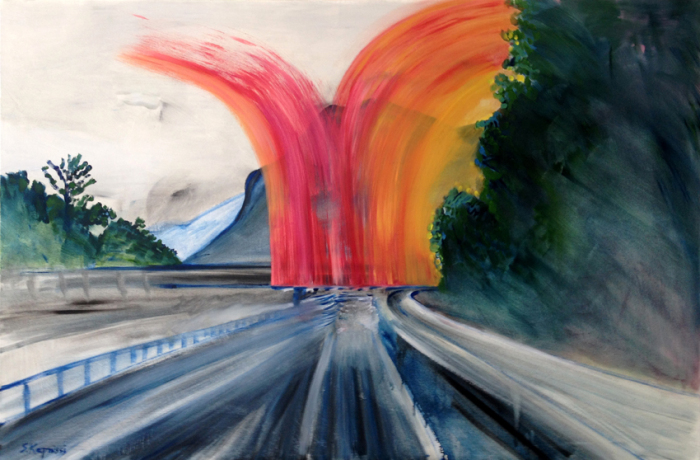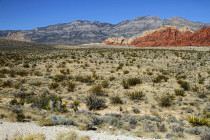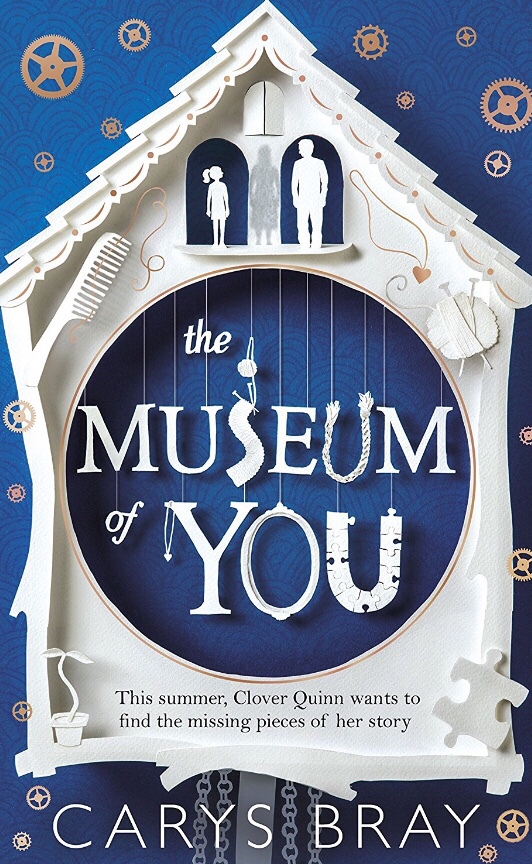‘I cannot travel anymore’ would be the next book to read. I would read it within a day or two: as long as a short trip for work usually lasts, or equal to the free time saved for reading when away for longer (work/duty) trips. It is a good title; a statement that shocks in real life. People ask immediately why. What to give as main reason: the physical strain (including the recovery time that becomes longer and longer), the shattering sense of loneliness among familiar faces (never managed to beat this one), the dislike of hotel rooms with their zombie tidiness, the limiting of the vital space within the frames of a suitcase and a crummy airplane seat, the food mostly under the acceptable standard (note: I like simple food), the goodbyes to loved ones, the current readings that must stay at home because of their volume and weight.
‘I cannot travel anymore’ does not exist as book title yet. I’ve had to do with other (more imaginative) titles, this recent period.
Here is a short selection of five:
A General Theory of Oblivion (2015, in EN) by Jose Eduardo Agualusa, an Angolan writer, famous (of what I read) and really special in his writing style and story building. I bought the book at Eason in Dublin; read it that evening sitting in my dorm bed and at the airport the next day before returning home.
The last days of New Paris (2016) by China Mieville, an English writer of fantasy fiction but also of history related to Marxism and the October revolution; here dealing with Surrealism and its role in history, with artists and Nazis in exploding encounters. I bought the book at Schiphol airport in Amsterdam on my way to Athens; read it during the trip and one night in the Athenian heat of August (air-co on of course).
Swing Time (2016) by Zadie Smith, an English writer famous enough not to need introductions I think. This one is about the inevitable crashing of lives no matter what the predictions or the first indications might be. But, open as an artwork, others have read in it tales about friendship and such which is indeed the first level of the story. I bought it also at Schiphol airport on my way to Marrakech for a conference job; read it there and then in between work, dinners, talks, and through hours of sleeplessness.
Batavia’s Graveyard (2002) by Mike Dash, a Welsh writer of history. This is a scholarly publication with 100 pages of annotations and a full bibliography; yet an absolute page turner. It is the story of the Dutch ship ‘Batavia’ that left Holland in 1628 and shipwrecked a few months later onto a group of islands off the Australian west coast. The mutiny that followed, the killings, the living conditions on and off the ship(s), the scum of the earth that manned the East India ships and populated the colonies, and the retribution by the authorities: exciting by itself and told by a fantastic writer, all into it! I bought the book at the American Bookstore in The Hague and read it on my way to Kassel; a road trip this one.
The Red and the Black (1830) by Stendhal, the classic 19th century French writer, yes. Where did this come from, one would wonder. Well, apart from doing a refresh of early readings, I wanted to read through a good account of ambition and hypocrisy, together with love affairs with a purpose, horrendous (real) love entanglements, and the all-time hopelessness of those lacking social/cultural/financial capital. I bought it online and read it somewhere between Athens and Amsterdam. Though reading it in English was difficult, I found, cause the long sentences of the French language sound awkward in English, the tone was well transferred.
Since the fall of Napoleon, all appearance of gallantry has been severely barred from provincial manners. There is fear of being deprived of one’s post. The scoundrels seek the support of the Congregation; and hypocrisy has made most wonderful progress even in the liberal ranks. Boredom redoubles itself. There remain no other pleasures but reading and agriculture. [p. 52]
P.S. Dedicated to all those who travel more than often, with admiration for their physical strength.
 ‘Highways and a dream: on wet roads’, oil on canvas, 100 x 150 cm, 2015
‘Highways and a dream: on wet roads’, oil on canvas, 100 x 150 cm, 2015
Advertisements Share this:





